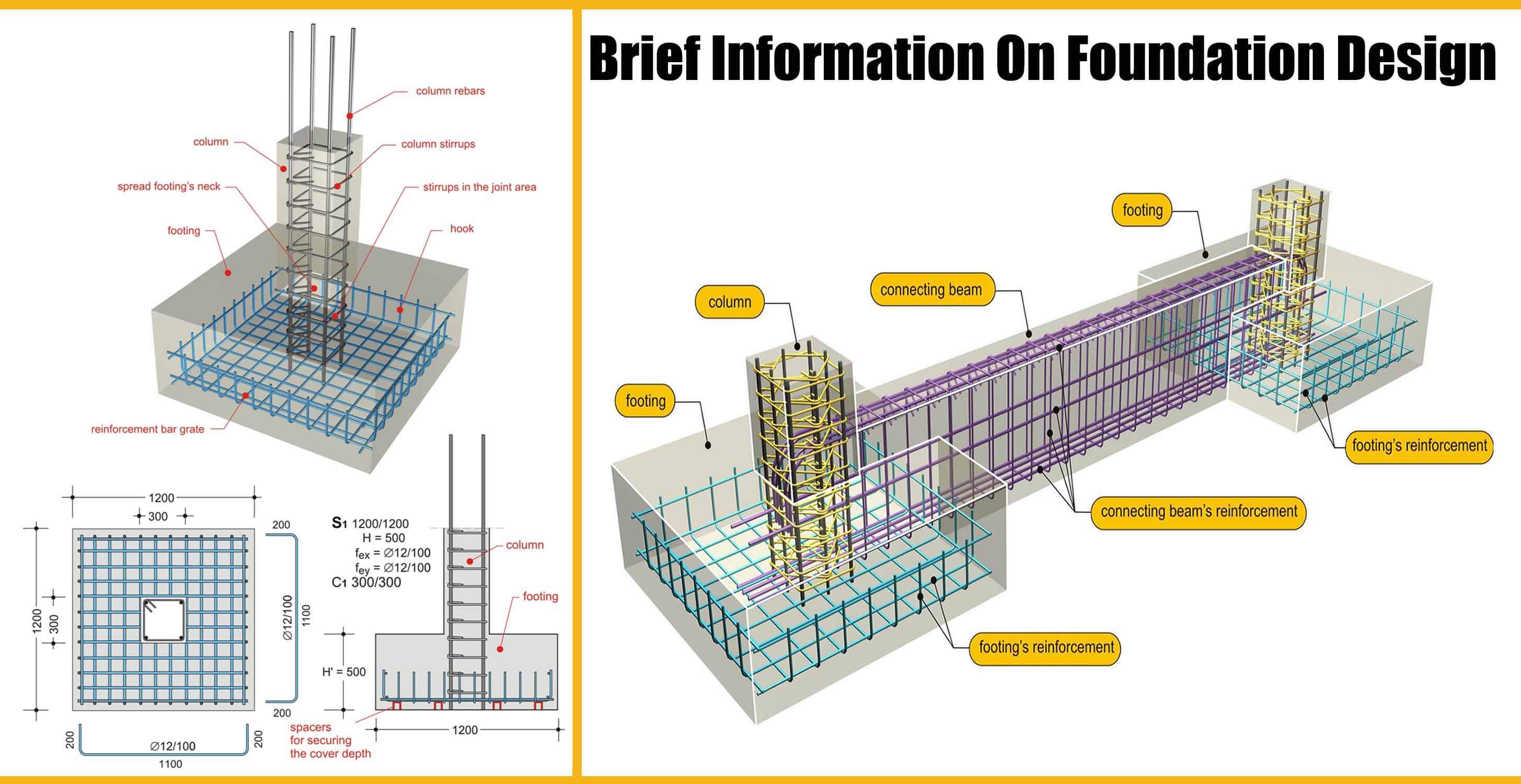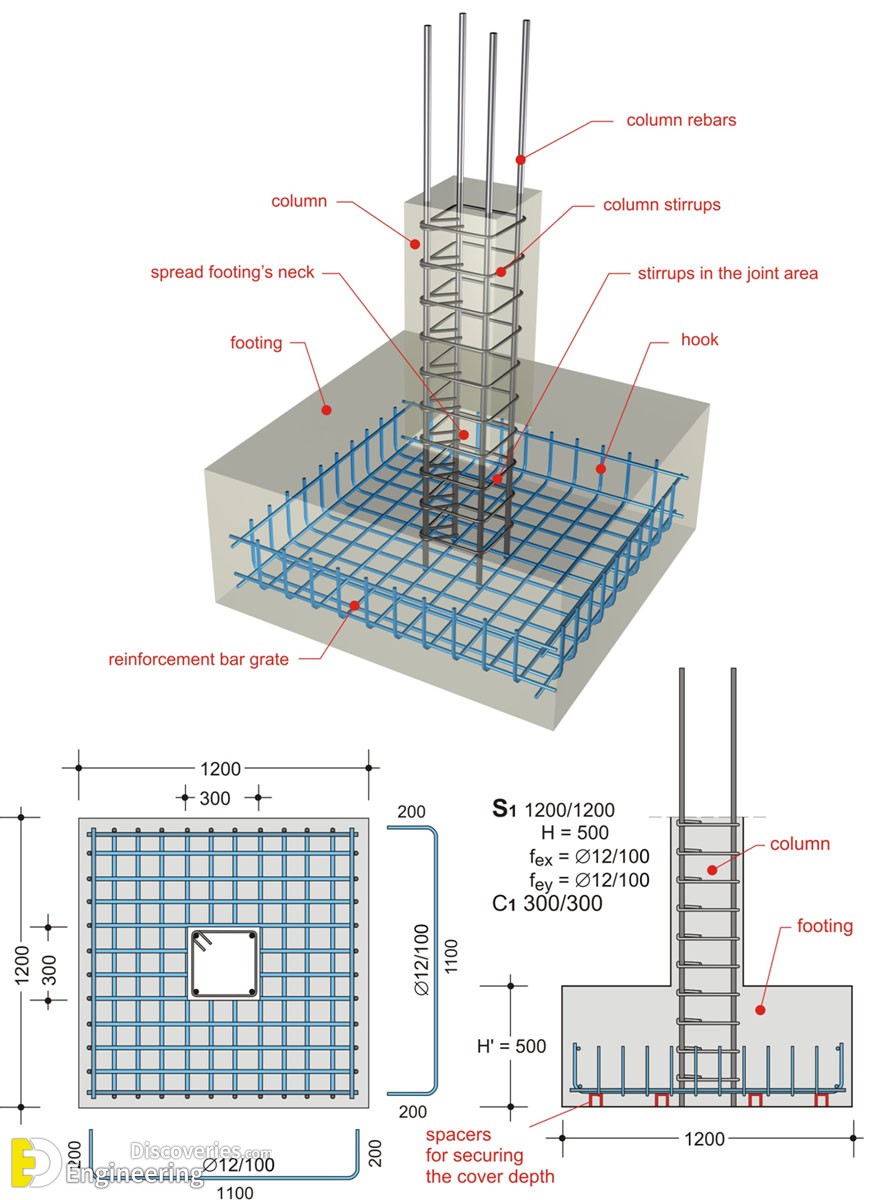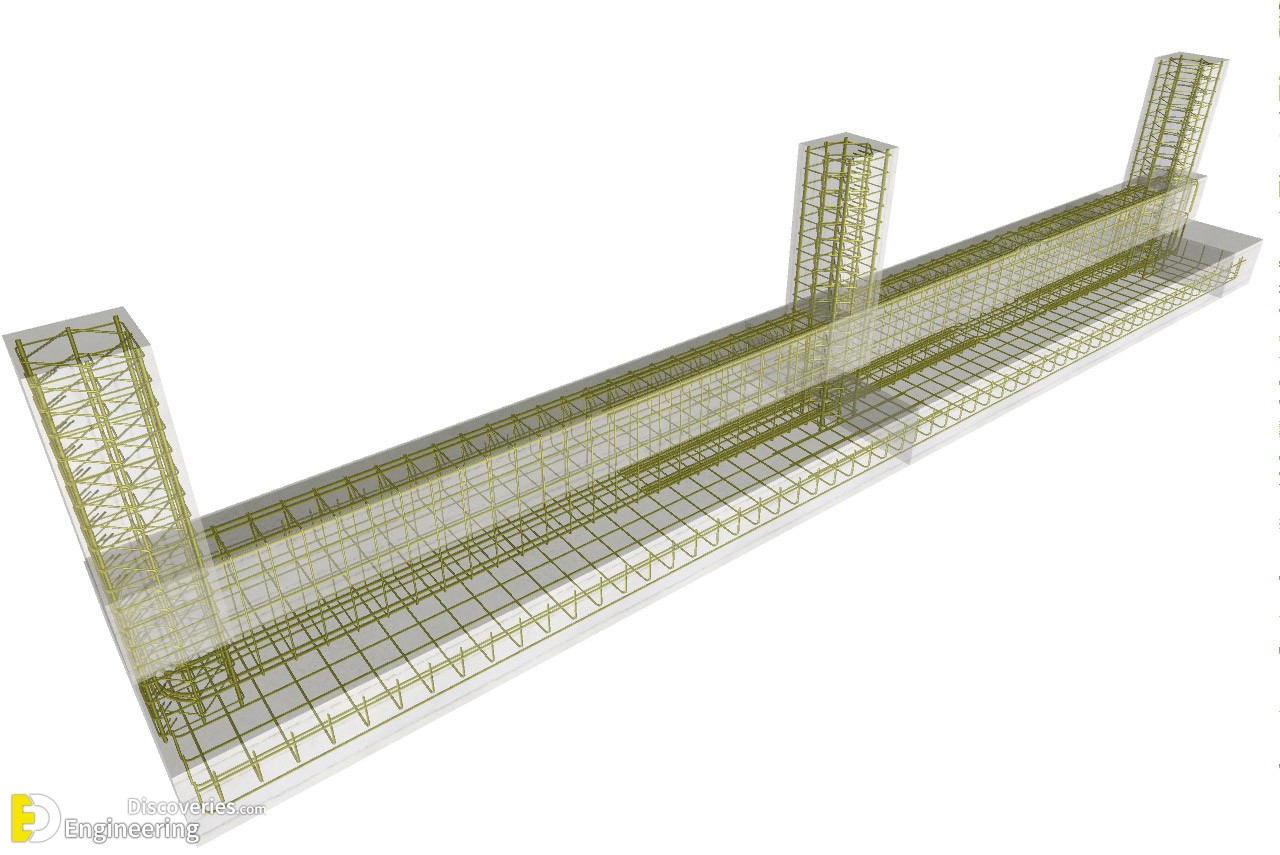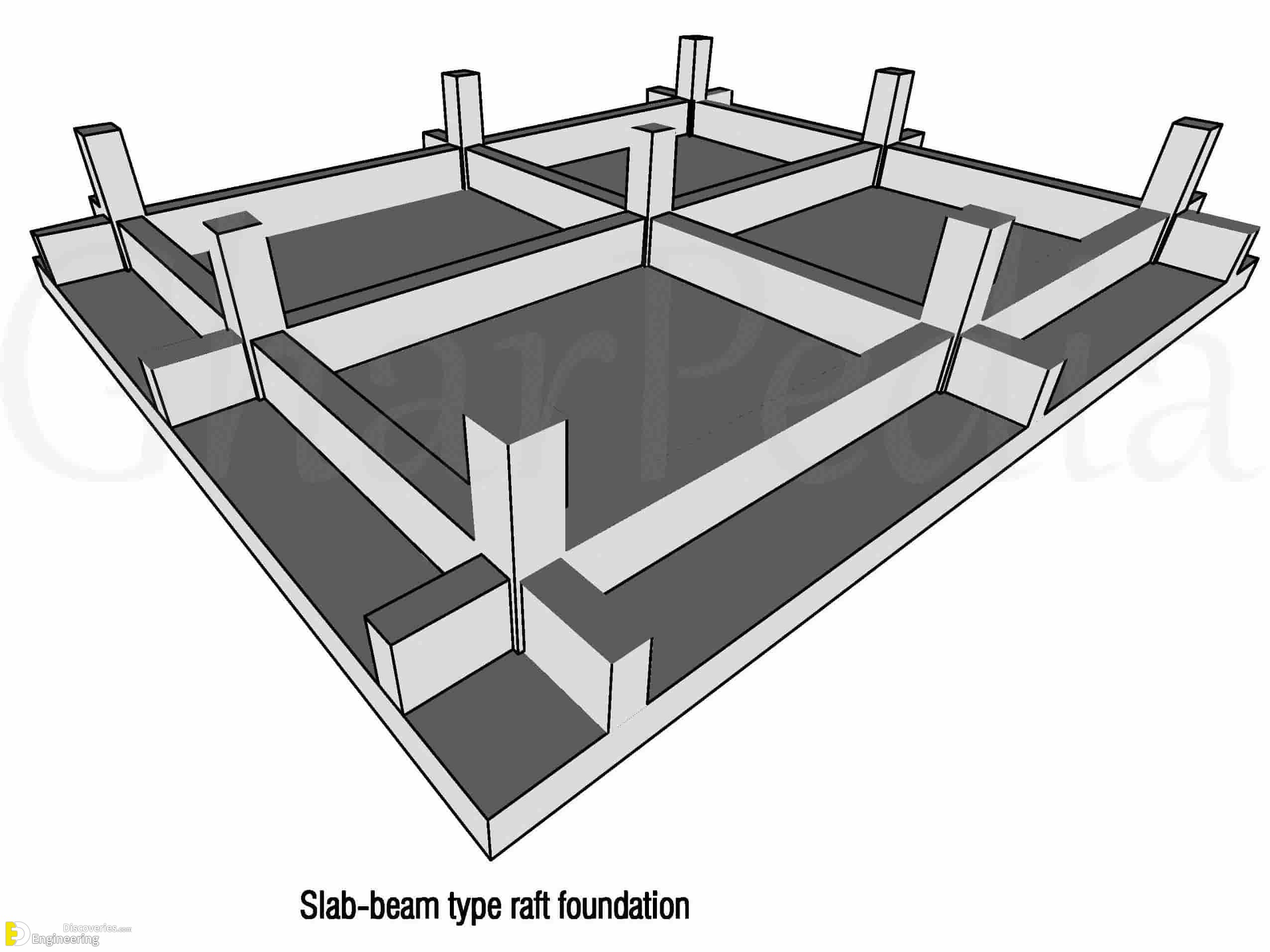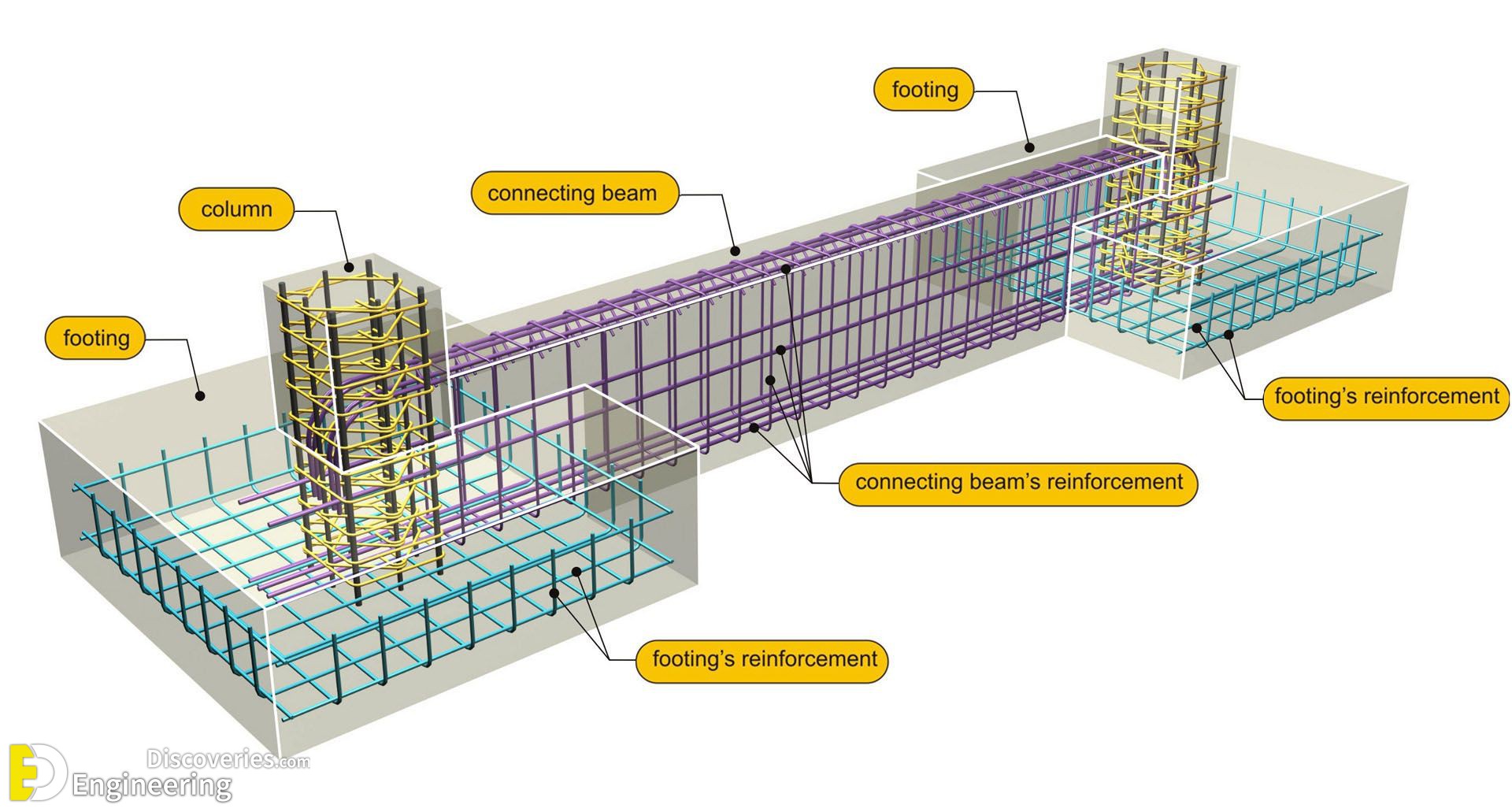Having the capacity for the completion of foundation design is a very specific function and typically is performed by a highly specialized structural engineer. It requires study and inspection of numerous parts, and it is the primary structure of any building or structure since it is the integral foundation of it.
Foundation Depths
The necessary depth/profundity of the foundation will rely on a few elements like:
1- Soil bearing limit: How much load the current soil can withstand.
2- Kind of soil: This depth will change contingent upon the kind of soil below the structure.
3- Profundity of frost penetration if there should arise an incidence of fine sand and residue.
4- Stature of groundwater table: This will more often than not be accounted for on the dirt review.
5- The base depth cannot be under 18 inches to permit expulsion of topsoil and varieties at ground level. Be that as it may, contingent upon the structure, the designer will choose the best profundity/depth.
Foundation Material
The foundation is usually built-in brickwork, masonry, or concrete under the base of a wall or column. This will enable to transfer of the load to the soil in a uniform manner and allow the transition from the structure to the soil. It will be contingent on the recommendation is given by the structural engineer. He/She will choose the size, width, and depth of each one of the foundations in the structure. For smaller and lightweight buildings or structures the design will vary relying on the material and size of the structure. Normally dry and uniform ranked dense materials have to have maximum shear resistance and higher bearing capacity as well. Normally, partially merged soil and clay have lesser bearing capacities, also decreasing the capability to handle load which is also additionally by the structure/building.
Foundation Design Precaution
The foundation has to be configured in such a way that loads will be transported evenly to the contact façade. It has to be designed in such a way that it is modeled to convey the total dead load, live load, and wind load to the surface. The net loading ability coming into the soil cannot be greater than the bearing capability of the soil. Settlements predictable from the structures and building will be configured and designed in a way that they can be subject to control and unchanging for the total structure to evade indemnities to the building structure. Total design and the scheme of the foundation, superstructure, and properties of the foundation surface have to be thoroughly investigated to receive reimbursements throughout the construction work.
Recommended Foundation to Evade Cracks
There are many kinds of foundations that are widely utilized in the construction industry. Mat foundation is known as the most ‘secure’ foundation. A mat foundation refers to the even slab which is utilized as the footing for the different structures and buildings. It is generally perceived as the most secure since there is the absence of any kind of gap to permit differential settlements and shall perform as a mat for the entire building. On some occasions, mainly because of cost restraints, kinds of buildings and space limitations are not utilized and consequently relieved by other kinds of foundations.

